You just installed a new water softener and want to know whether it’s working as it should? Well, you can easily tell that by testing the quality of your water in different ways.
The most practical option is to conduct a water hardness test. Others include using a bar of soap to see whether it lathers properly, checking the faucets and pipes for signs of corrosion and rust, and tasting the water for a trace of saltiness.
Let’s see in more detail how you should conduct these tests and why they’re telltale signs of a water softener operating properly.
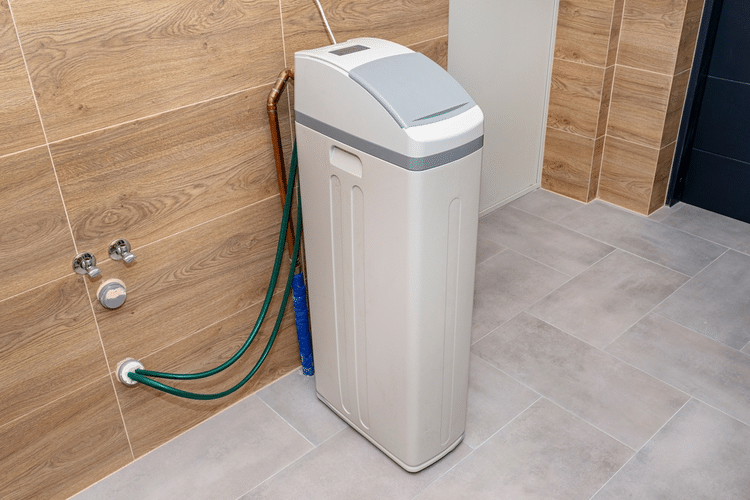
Water Hardness Test Shows Little or No Mineral Presence
The best way to know whether your device is softening water is to conduct a water hardness test. It can be done quite easily and cheaply by a water hardness test kit.
Water softeners remove minerals like calcium, magnesium, iron, and manganese from water. If your device isn’t working properly, the water hardness test will reveal the presence of these minerals.
Soap Lathers Well With Water
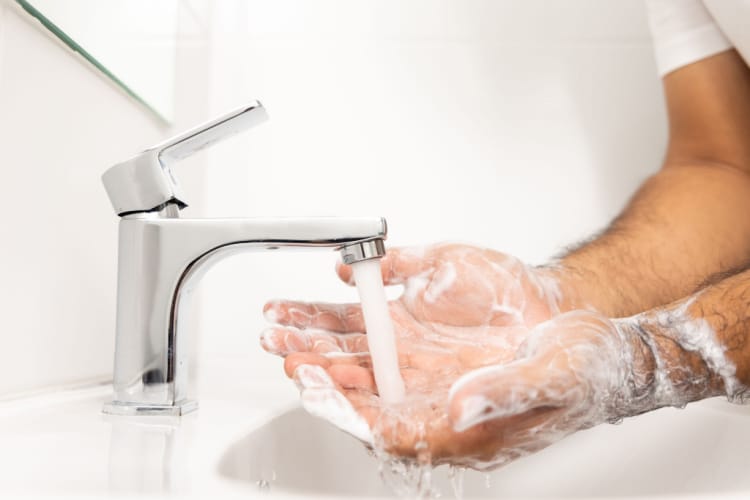
You can simply wash your hands or grab a bucket, fill it with water, and then put soap in it to see whether it lathers well. If your softening device isn’t working properly, you’ll have hard water, and it’ll be difficult to work up a lather.
When sodium salts in soaps interact with mineral molecules like calcium and magnesium, it forms a precipitate called scum instead of a lather. So, if scum forms in the soap solution you made, you’re still getting hard water and should either contact professional services to have your device checked or check it yourself for potential issues[1] .
Faucets, Pipes, and Toilets Are Free From Mineral Buildup
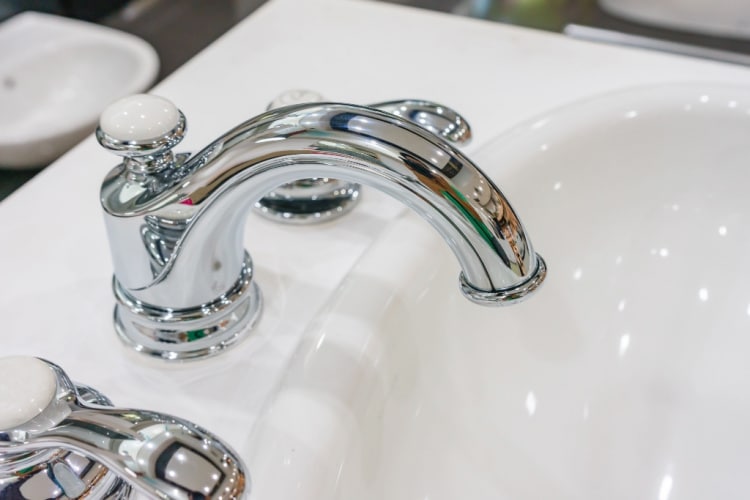
Mineral buildup is a common problem in well water all across the United States. It might cause rust and scale build-up in faucets, pipes, and toilets. If your water softener is functioning properly, you won’t see scaling around your pipes and faucets.
If it isn’t doing its job, on the other hand, even the color of the water might change, giving you a bit of a scare. In milder cases, faucets will have white hard water spots, which is not a great look.
If you see these signs, even though you have a water softener, it might be time to have it checked.
A Better Laundry Performance
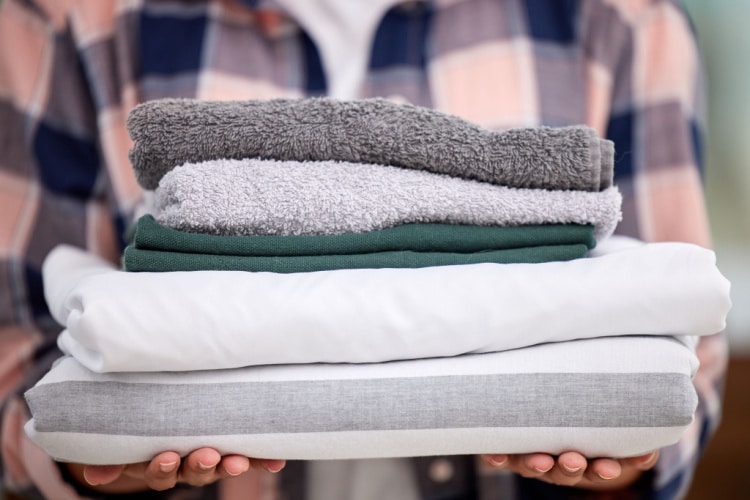
Clothes washed with soft water will have a better look and a softer touch. A satisfactory laundry performance is, therefore, one of the signs that the softening device is working properly.
Hard water can give a newly-purchased garment a worn-out and dull look. Moreover, powdered detergents contain sodium salts that react with mineral molecules and form scum. Laundry that’s washed with scum water will end up with stains and streaks all over.
Additionally, your washing machine will also perform better with soft water. A high level of minerals in laundry water might clog the filters and pipes inside the machine, reducing its efficiency and eventually causing it to break down. Softened water ensures that washing machines are at their most effective all the time.
Water Doesn’t Taste Salty

The jury is still out on whether soft water tastes better, and they’re not likely to come in any time soon because it’s a subjective matter, but there’s one thing we know for sure: it doesn’t taste salty. So, if your drinking water isn’t salty, you can assume that the softening unit is fully functional.
Hard water has a salty taste due to dissolved calcium, magnesium, and sodium chlorides.
Water Doesn’t Cause Itchiness or Dryness on the Skin

Soft water is easy to identify even when you’re just washing your hands because it feels as the name suggests: soft. Some people also describe the feeling as slippery.
When it doesn’t, hands will feel sticky upon contact with water. Moreover, hard water will give your skin and hair a dull and dry look.
That’s because our skins have pores that should breathe, and when minerals are allowed to dry on our skins, they may clog these pores. Furthermore, minerals have a way of absorbing the moisture on the skin. As a result, we end up with dry and itchy skin and, in extreme cases, eczema.
Our hair isn’t exempt from the effects of hard water, either. Hair that’s washed with hard water will be sapped of oil and become dry, dull, and flat. So, if you observe dullness in your skin or hair after a good bath, you might want to have the softening unit checked out.
Consistent Water Pressure
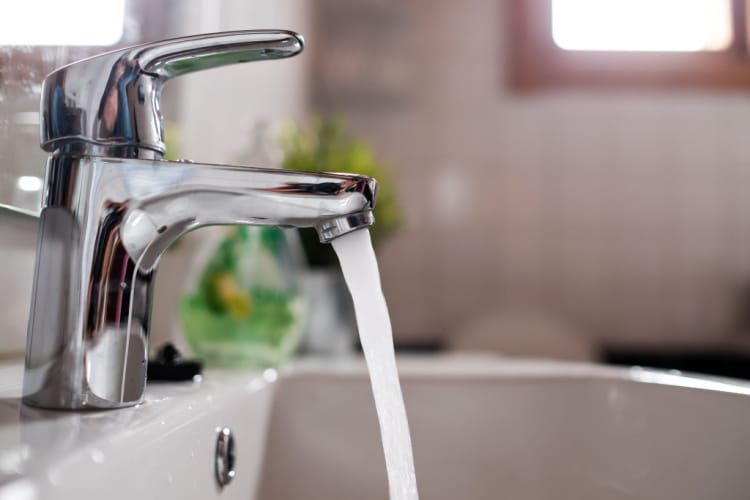
A water softening unit with no clogged pipes and enough salt in the brine tank won’t affect the water pressure. So, consistent water pressure means that the unit is functioning well.
However, that doesn’t necessarily mean that the softener is to blame when there’s a decrease in water pressure. If you’re using tap water, low water pressure might be due to a decision by the water supplier or the municipality, or there might be a firefighting emergency nearby in which firefighters need to draw water from your supply line.
If your water source is a private well, there might be a problem with the well, like a malfunctioning pump or drained water supply. To make sure, bypass your water softener and see if the water pressure is still low.
If you identify the softener as the culprit, check the pipes and screens inside the tanks to see whether they’re clogged or contact professional services.
Better-Looking Fruits and Veggies

Fruits and vegetables washed with or left in mineral-rich water tend to lose color and texture. If that’s not happening with your fruits and vegetables, then your softening device is doing its job well.
Especially water rich with calcium ions can drastically affect the texture of food because these ions form insoluble salts. Although insoluble salts grant firmness to the food, when there’s too much, that firmness will translate into a toughness that you can’t bite through.
Moreover, minerals increase the boiling point of water. As a result, the time you have to cook a dish is also prolonged. If you think that your food shouldn’t take that long to become edible, you might have a look inside your softening device.
Appliances Don’t Have Any Limescale or Stain
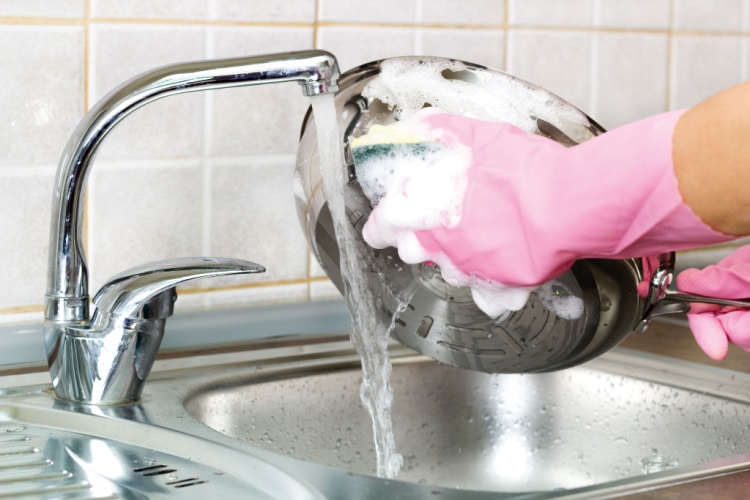
The calcium and magnesium minerals in hard water lead to limescale formation and stains on kitchen appliances. When the softening device does its job, on the other hand, the appliances will be as shiny as new.
You can recognize limescale by its chalk-like appearance. Especially when you boil hard water in a metal pot or when you wash metal spoons and forks with hot hard water, you’re very likely to see it.
It happens because even though the water is washed away, calcium and magnesium molecules can find surfaces to cling to.
That said, although limescale or stain on kitchen appliances doesn’t mean you should stop using them, it reduces their lifespan.
So, if your appliances turn up stained out of your dishwasher, it’s time to check your water softener or have it checked.
Water Softener Working Quietly Unless It’s Regenerating

Water softeners usually make little noise unless they’re regenerating. So, if it’s working quietly, it’s also working well.
They might let out a humming sound during the regeneration process, but they’re mostly quiet the rest of the time.
However, a softener that has gone all quiet may not be working at all. Often, that signals a system error, like a malfunctioning circuit board, that needs to be looked at by a professional.
How Long Does It Take to Get Soft Water After Installing a Water Softener?
Usually, you’ll start reaping the benefits of soft water from all the hot water faucets at your house two days after installing a softening device. However, you may expect soft cold water right after the unit starts functioning.
The reason behind the delay with hot water is the water heater’s tank. Water heaters always have a certain amount of water inside their tank. So, unless you send it all down the drain by turning all hot water faucets on, you’ll still get hard water for a while.
Conclusion
Making sure that your water softener works properly is quite easy. These devices are utilized to remove minerals from water, and you can test whether they do it by purchasing a water hardness kit online for only 10 dollars.
That said, there are also many other signs you can look out for. Your device is working properly if:
- Soap lathers rather well with water and doesn’t produce any scum.
- Faucets, pipes, and toilets don’t have any mineral buildup
- The laundry looks shiny and new, and the washing machine is operating effectively
- The drinking water doesn’t taste like salt at all
- Bathing water doesn’t cause any itching or dryness on the skin and hair
- The water pressure is consistent, or when it isn’t, it’s due to the water supply
- The fruits and veggies washed in water don’t lose their color or become inedibly firm
- No limescale or stain is formed on kitchen appliances
- The device is working quietly unless it’s regenerating
When these criteria aren’t met, it probably suffers from a system failure, clogged pipes, and filters, salt misuse, or a salt bridge formation in the brine tank. In such cases, it’s best to call for professional help.